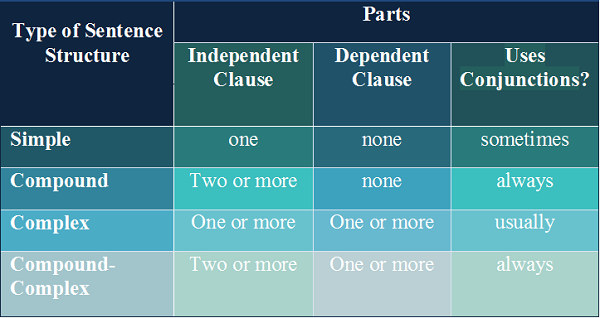What Are Adjuncts? (with Examples)
An adjunct is usually an adverb used to modify a verb. When used as an adverb, an adjunct will usually indicate a time, a manner, a place, a frequency, a reason, or a degree.

 Got it? Take a quick test.
Got it? Take a quick test.Examples of Adjuncts
Here are some more examples of adjuncts.Time Adjuncts (Adverbs of Time)
Here are some examples of time adjuncts:- The alarm went off again yesterday.
- In the morning, he will veto the bill.
Manner Adjuncts (Adverbs of Manner)
Here are some examples of manner adjuncts:- Present your case carefully.
- Simon drinks his pints like a demon.
Place Adjuncts (Adverbs of Place)
Here are some examples of place adjuncts:- Here the situation is completely different.
- She buries all her toys wherever Ollie buries his.
Frequency Adjuncts (Adverbs of Frequency)
Here are some examples of frequency adjuncts:- She comes here often.
- Every Tuesday, the shop opens at eight o'clock.
Reason Adjuncts (Adverbs of Reason)
Here are some examples of reason adjuncts:- As it's Friday, you can stay up another hour.
- Expect the tent to leak because it's been in my garage for 30 years.
Degree Adjuncts (Adverbs of Degree)
Here are some examples of degree adjuncts:- You're not as poor as you could have been.
- She is as smart as she is brilliant.
Why Should I Care about Adjuncts?
Here are three good reasons to care about adjuncts.(Reason 1) Put your adjunct in the right place.
Place your adjunct next to whatever it is modifying to avoid ambiguity. Look at this example:- Cycling uphill quickly strengthens your calf muscles.
 (This is not wrong, but it's ambiguous.)
(This is not wrong, but it's ambiguous.)
This is called a squinting modifier, which is a type of misplaced modifier. Here is another example of a badly placed adjunct creating a misplaced modifier:
- Simon and his mother were reunited after 52 years in McDonald's.
 (That's a long time to spend in McDonald's! There are two adjuncts in this example, a time adjunct and a place adjunct.)
(That's a long time to spend in McDonald's! There are two adjuncts in this example, a time adjunct and a place adjunct.)
- Cycling uphill strengthens your calf muscles quickly.

- Simon and his mother were reunited in McDonald's after 52 years.

(Reason 2) Use a comma with a fronted adjunct.
Adjuncts cause few problems for native English speakers. The main grammar point is whether to use a comma.When an adjunct is at the front of a sentence (especially when it's made up of more than one word), it is usual to use a comma.
- A mouse ran across the floor while you were on the phone.
 (no comma required - adjunct at the end of the sentence)
(no comma required - adjunct at the end of the sentence) - While you were on the phone, a mouse ran across the floor.
 (comma expected - adjunct at the start)
(comma expected - adjunct at the start) - It is a better standard of living in the north of Scotland.
 (no comma required - adjunct at the end of the sentence)
(no comma required - adjunct at the end of the sentence) - In the north of Scotland, it is a better standard of living.
 (comma expected - adjunct at the start)
(comma expected - adjunct at the start)
Read more about commas with adverbial clauses and phrases on the "independent clauses" page (see Points 3 and 4 on that page).
(Reason 3) Delete unnecessary manner adjuncts ending -ly.
Professional writers (particularly fiction writers) use adverbs ending -ly (typically manner adjuncts) sparingly. They consider them unnecessary clutter. This view is supported by Author Stephen King:- The road to hell is paved with adverbs. (Author Stephen King)
- Extremely hungry, she looked longingly at the cakes. (Professional writers would tut at this.)
- Ravenous, she stared at the cakes. (This is sharper.)
(1) The adjunct is a tautology (i.e., needless repetition of an idea).
- She laughed happily.
- She smiled disappointedly. (By the time your readers reach this sentence, they should know from context that it's a disappointed smile. Professional writers would try to show their readers, not literally tell them, that she's disappointed. Less is more.)
- "Get off!" she growled angrily. (You should omit the adjunct if it's implicit from the context.)
- Shouting loudly, Janet wanted us to know that she was completely annoyed. (The adjuncts are necessary because the verbs are not sufficiently descriptive.)
- Screaming, Janet wanted us to know that she was livid. (It is sharper with more-descriptive words and without the adjuncts.)


